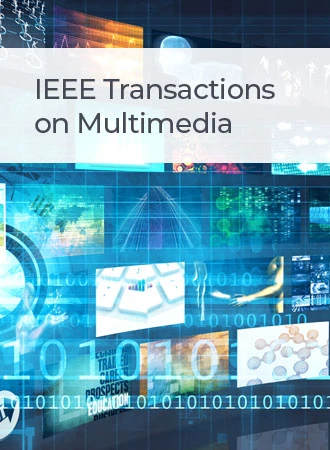通过表达式导向的动态门控和回归,使基于图的参考表达式理解再次伟大
IF 8.4
1区 计算机科学
Q1 COMPUTER SCIENCE, INFORMATION SYSTEMS
引用次数: 0
摘要
一种普遍的看法是,对于复杂的模型和大规模数据集的预训练,基于转换的引用表达式理解(REC)方法比现有的基于图的方法表现得更好。我们观察到,由于大多数基于图的方法采用现成的检测器来定位候选对象(即对象检测器检测到的区域),因此它们面临两个导致性能低于标准的挑战:(1)在推理过程中存在由众多不相关对象引起的显著噪声,以及(2)归因于所提供的检测器的不准确定位结果。为了解决这些问题,我们引入了一个由子表达式指导的即插即适应模块,称为动态门约束(DGC),它可以在推理过程中自适应地禁用不相关的建议及其在图中的连接。我们进一步引入了一种表达导向回归策略(EGR)来改进位置预测。在RefCOCO、RefCOCO+、RefCOCO、flickr30k、RefClef和Ref-reasoning数据集上的大量实验结果表明,DGC模块和EGR策略在持续提高各种基于图的REC方法的性能方面是有效的。在没有任何保留的情况下,所提出的基于图的方法比基于最先进的(SOTA)变压器的方法具有更好的性能。本文章由计算机程序翻译,如有差异,请以英文原文为准。
Make Graph-Based Referring Expression Comprehension Great Again Through Expression-Guided Dynamic Gating and Regression
One common belief is that with complex models and pre-training on large-scale datasets, transformer-based methods for referring expression comprehension (REC) perform much better than existing graph-based methods. We observe that since most graph-based methods adopt an off-the-shelf detector to locate candidate objects (i.e., regions detected by the object detector), they face two challenges that result in subpar performance: (1) the presence of significant noise caused by numerous irrelevant objects during reasoning, and (2) inaccurate localization outcomes attributed to the provided detector. To address these issues, we introduce a plug-and-adapt module guided by sub-expressions, called dynamic gate constraint (DGC), which can adaptively disable irrelevant proposals and their connections in graphs during reasoning. We further introduce an expression-guided regression strategy (EGR) to refine location prediction. Extensive experimental results on the RefCOCO, RefCOCO+, RefCOCOg, Flickr30 K, RefClef, and Ref-reasoning datasets demonstrate the effectiveness of the DGC module and the EGR strategy in consistently boosting the performances of various graph-based REC methods. Without any pretaining, the proposed graph-based method achieves better performance than the state-of-the-art (SOTA) transformer-based methods.
求助全文
通过发布文献求助,成功后即可免费获取论文全文。
去求助
来源期刊

IEEE Transactions on Multimedia
工程技术-电信学
CiteScore
11.70
自引率
11.00%
发文量
576
审稿时长
5.5 months
期刊介绍:
The IEEE Transactions on Multimedia delves into diverse aspects of multimedia technology and applications, covering circuits, networking, signal processing, systems, software, and systems integration. The scope aligns with the Fields of Interest of the sponsors, ensuring a comprehensive exploration of research in multimedia.
 求助内容:
求助内容: 应助结果提醒方式:
应助结果提醒方式:


